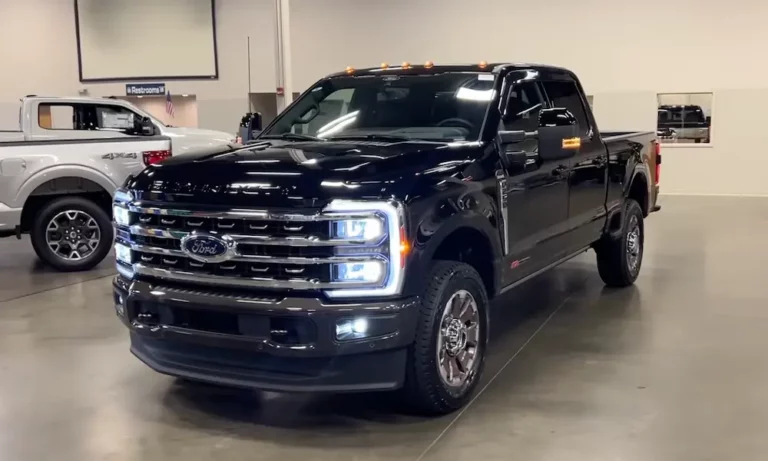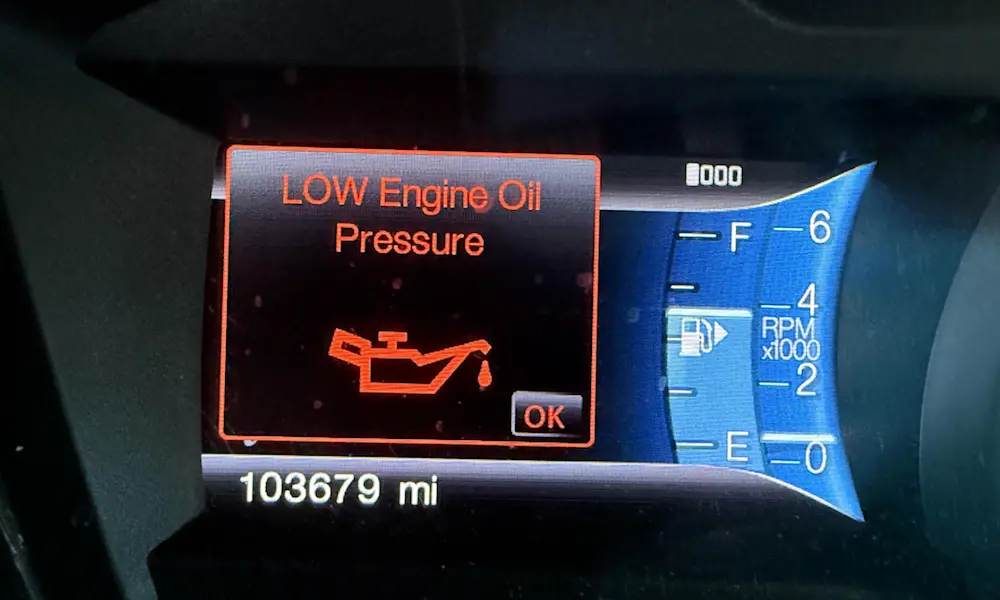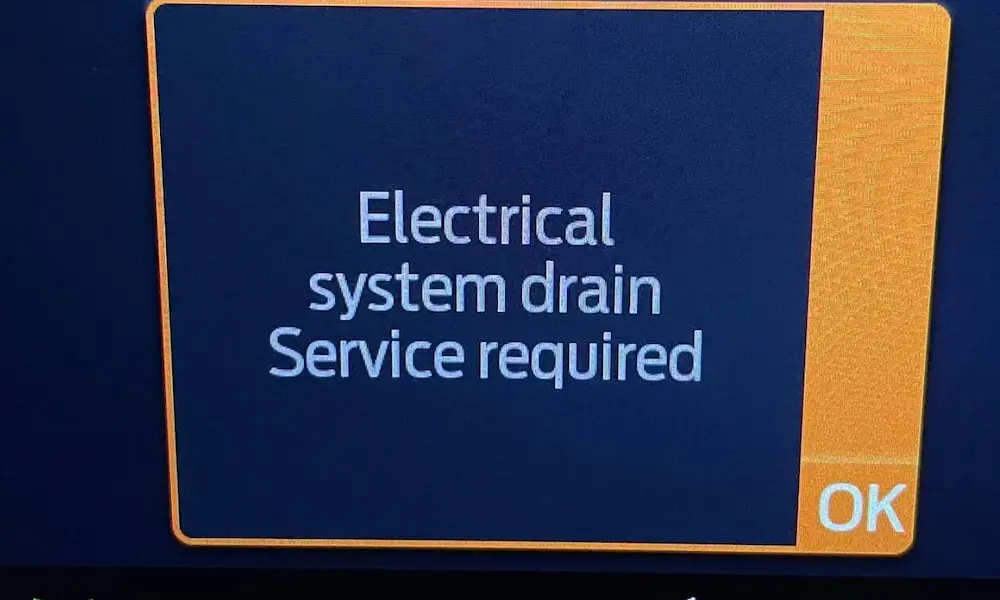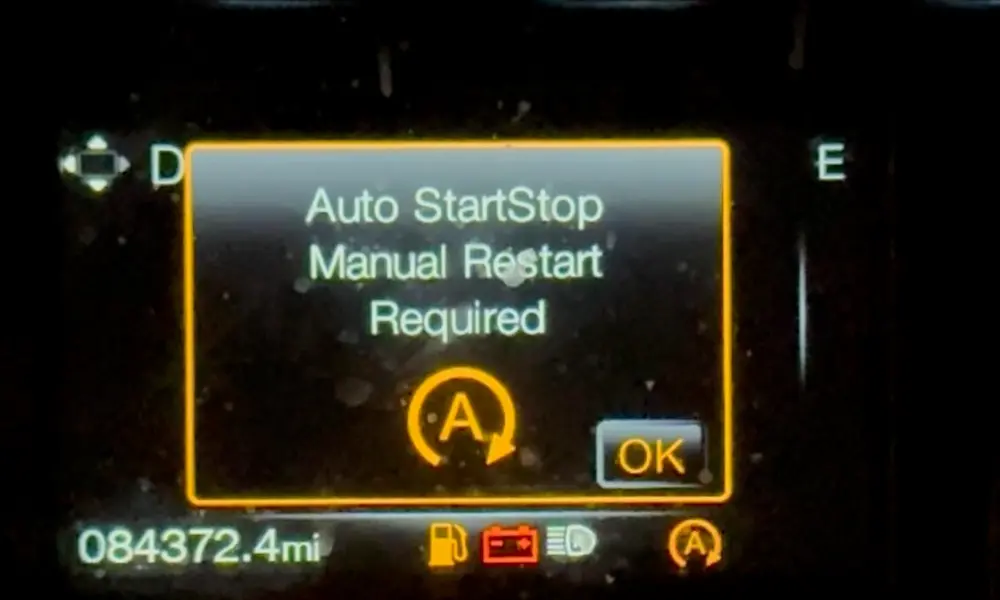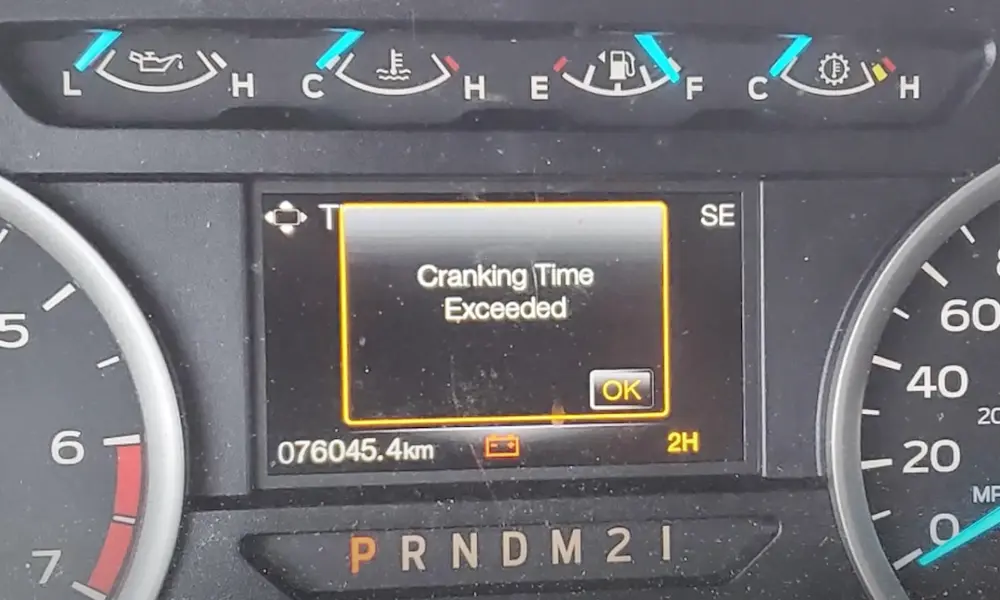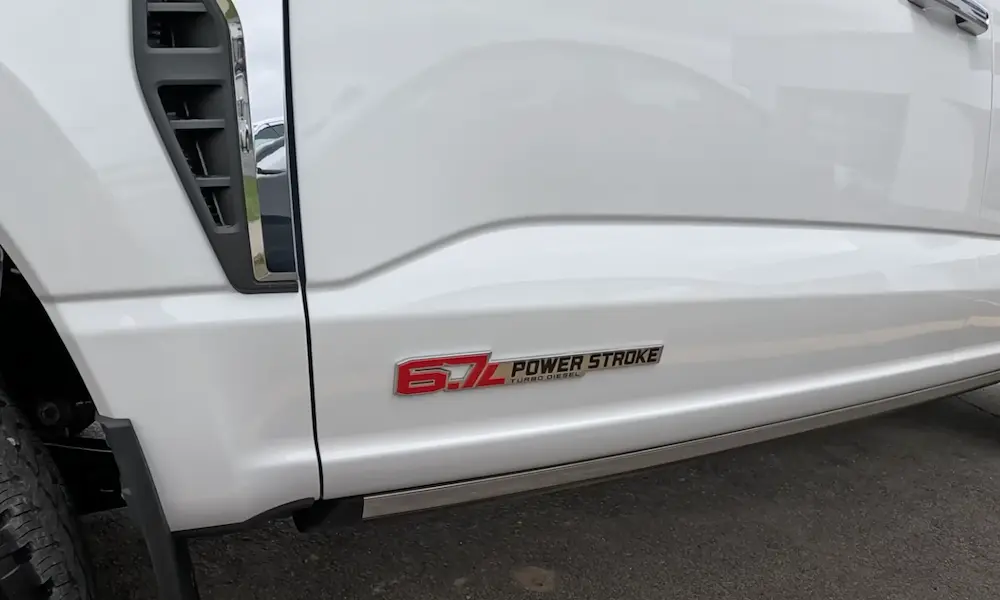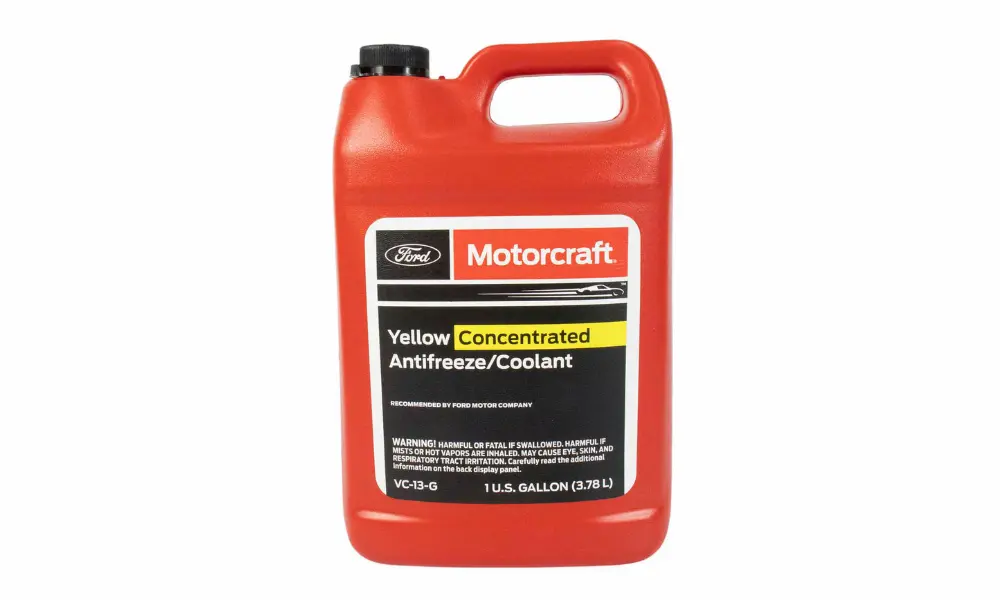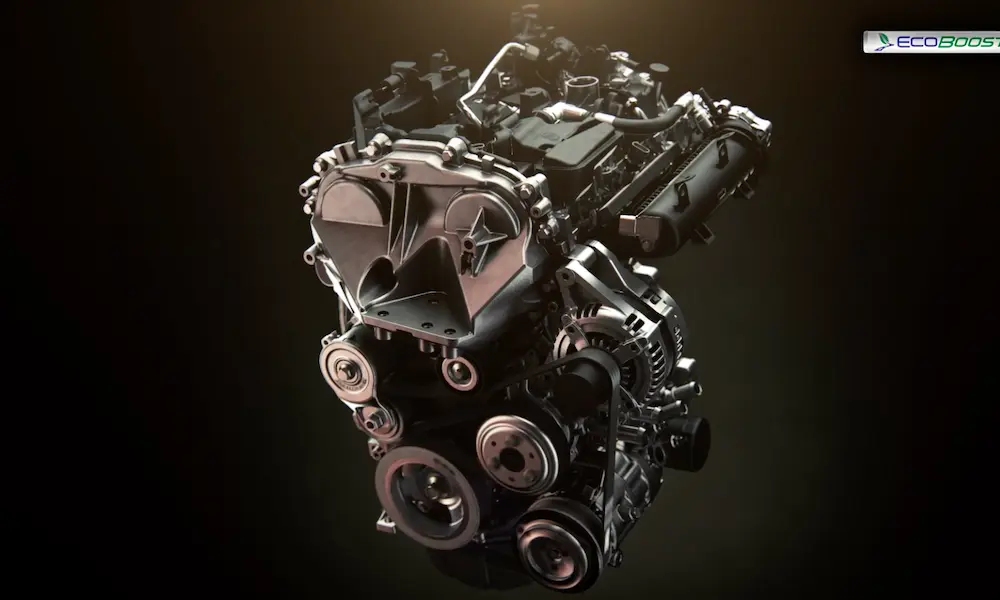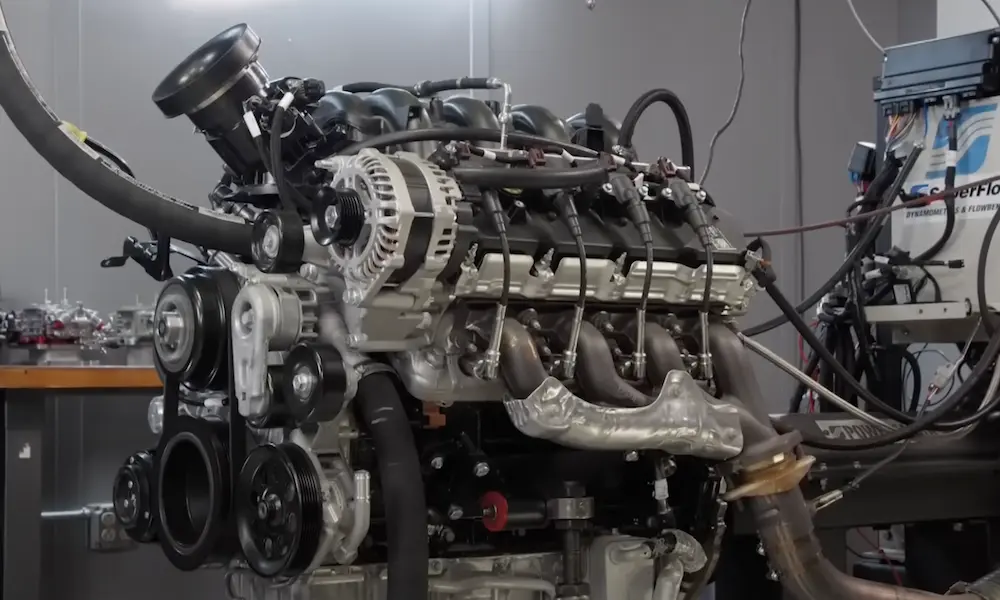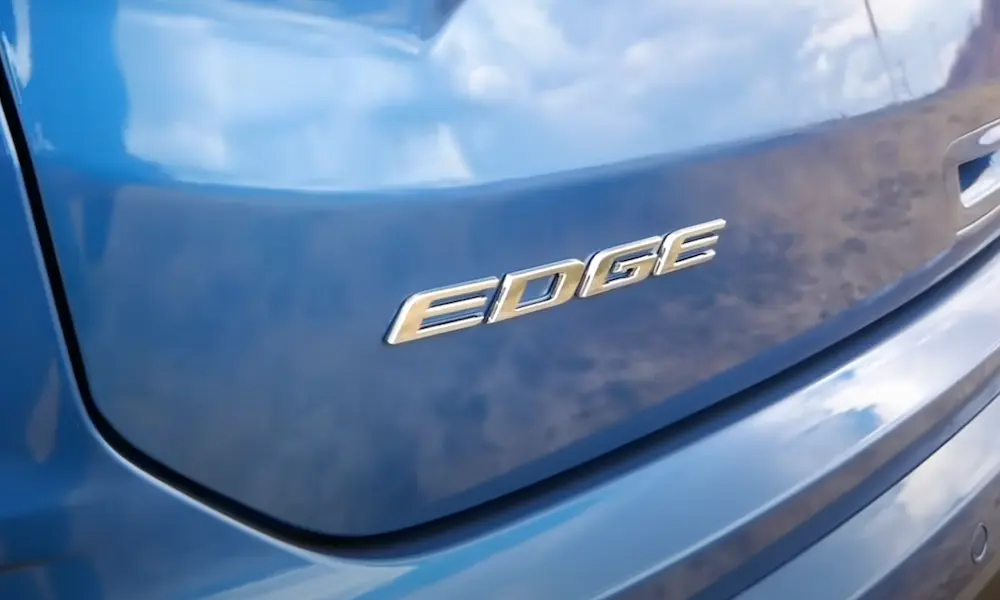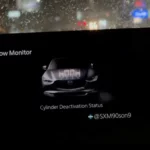Ever hit a bump on the highway in your F250 and felt like your truck suddenly turned into a vibrating washing machine? That violent shaking—known as the “death wobble”—is more than just an annoyance. It’s a serious safety concern affecting thousands of Ford Super Duty trucks, especially 2005-2019 models.
Let’s break down what causes this terrifying experience, how Ford has responded, and most importantly, what you can do about it before it puts you in a dangerous situation.
What Exactly Is the F250 Death Wobble?
The F250 death wobble is a violent shaking or oscillation that starts in your steering wheel and front end, typically after hitting a bump or pothole at highway speeds (usually above 45 mph). Unlike normal vibrations, this shaking gets progressively worse and often doesn’t stop until you slow down significantly.
What makes it particularly scary is how suddenly it hits. One moment you’re cruising normally, the next your steering wheel is violently shaking back and forth, making it nearly impossible to maintain control.
According to NHTSA complaints, over 1,200 F250 owners have reported this issue, with some cases resulting in accidents when drivers struggle to maintain control.
Why Your F250 Develops the Death Wobble
Suspension Component Failures
The root causes of the F250 death wobble typically involve wear and failure in your front suspension:
- Track Bar Problems: The track bar keeps your front axle centered. When its bushings wear out or the bar itself becomes loose, your axle can move side-to-side, triggering the wobble.
- Ball Joint Wear: These critical components connect your control arms to steering knuckles. A 2022 study found 78% of F250s with death wobble had ball joints worn beyond factory specifications.
- Steering Components: Worn tie rods, drag links, and other steering components create play in the system that can start the oscillation.
- Insufficient Caster Angle: Many F250s leave the factory with caster angles below 2.5 degrees. This makes the steering less stable and more prone to oscillation.
The Harmonic Effect
What makes the death wobble particularly nasty is how it works like a feedback loop. Once the wobble starts, each oscillation makes the next one worse, like pushing a swing higher each time.
When you hit a bump, energy transfers through worn components. Rather than dampening that energy, worn parts allow it to create a harmonic oscillation that rapidly gets worse until you slow down enough to break the cycle.
Ford’s Response (or Lack Thereof)
The Customer Satisfaction Program
Instead of issuing a full recall, Ford created Customer Satisfaction Program 20N04 in December 2020. This program:
- Offers steering damper replacements
- Covers vehicles for 10 years or 150,000 miles
- Doesn’t cover labor costs after December 31, 2024
The problem? The steering damper merely masks symptoms without addressing root causes. Many owners report the wobble returns within 6-12 months after damper replacement.
Legal Battles Mounting
Frustrated owners have taken Ford to court. In November 2024, a class action lawsuit against Ford for the death wobble gained certification in eight states: Arizona, California, Colorado, Illinois, Maine, New Mexico, South Carolina, and Texas.
The lawsuit alleges Ford knew about caster angle vulnerabilities as early as 2004 but pushed production forward anyway to meet deadlines. Internal documents cited in the lawsuit suggest Ford concealed these suspension defects for over a decade.
Fixing Your F250’s Death Wobble
If your Super Duty is suffering from the dreaded shake, here’s how to address it:
Proper Diagnosis
First, you need to figure out exactly what components are causing the issue:
- Track Bar Inspection: Check for loose bolts or worn bushings. Use a pry bar to check for movement when the truck is stationary.
- Ball Joint Check: Jack up the front end and use a pry bar to check for excessive movement in the upper and lower ball joints.
- Steering Linkage Test: Look for play in tie rods, drag links, and the pitman arm.
- Alignment Verification: Have a shop check your caster angle. If it’s below 3.5 degrees, this could be contributing to your wobble.
The Complete Fix
Properly addressing the death wobble usually requires more than just replacing one part:
Alignment Adjustments
Proper alignment is crucial, with these specifications being ideal:
- Caster: Increase to 4-6 degrees using adjustable control arms or offset bushings
- Toe: Set to 0.1-0.3 degrees toe-in
- Camber: Adjust to between -0.5 and 0 degrees
As experienced mechanics confirm, increasing your caster angle can make a dramatic difference in stability.
Component Replacements
For a long-term solution, consider upgrading:
- Track Bar: Replace with a heavy-duty adjustable track bar with polyurethane or spherical bushings.
- Ball Joints: Upgrade to premium Moog Problem Solver units or similar quality replacements.
- Tie Rods: Consider heavy-duty aftermarket tie rods that can withstand higher forces.
- Steering Stabilizer: While not a fix on its own, a quality stabilizer (or dual stabilizers) can help dampen oscillations once other issues are addressed.
A Maintenance Schedule to Prevent Death Wobble
Prevention is always better than cure. Here’s a maintenance schedule to keep your F250 wobble-free:
Every 10,000 Miles
- Inspect track bar and bushings for play
- Check ball joints for movement
- Examine tie rod ends for wear
- Verify wheel bearings are tight
Every 30,000 Miles
- Have alignment checked, especially caster angle
- Replace worn steering components
- Consider upgrading to heavy-duty parts if you tow frequently
After Any Suspension Modifications
- Always get a proper alignment with increased caster
- Ensure all components are torqued to specification
- Re-check all fasteners after 500 miles
Understanding Your Rights as an F250 Owner
If your truck experiences the death wobble:
- Document Everything: Record videos of the wobble, keep repair receipts, and file an official complaint with NHTSA.
- Check for Coverage: If your truck is under 150,000 miles, contact your dealer about Program 20N04 for a free steering damper.
- Consider Legal Options: Depending on your state, you may qualify for the class action lawsuit or have lemon law protections.
- Don’t Take No for an Answer: Many dealers initially deny this is a factory issue. Be persistent and refer to NHTSA case numbers and Ford’s own service bulletins.
The Cost of Fixing Death Wobble
Be prepared for the financial impact of properly addressing this issue:
- Steering Damper Only: $200-350 (may be covered by Ford)
- Track Bar Replacement: $300-600
- Complete Front End Rebuild: $1,500-2,500
- Premium Aftermarket Solution: $2,000-3,500
While these costs aren’t small, they’re far less than the potential consequences of losing control of your truck at highway speeds.
Real-World Success Stories
Many F250 owners have successfully conquered the death wobble. Here’s what worked for them:
“After replacing my track bar and increasing caster to 5 degrees, my 2017 F250 hasn’t wobbled in over 40,000 miles of towing.” – Forum user on Ford-Trucks.com
“Dual steering stabilizers didn’t solve my problem until I also replaced worn ball joints. Now it’s solid as a rock.” – YouTube commenter on a death wobble repair video
The Bottom Line on F250 Death Wobble
The death wobble is a serious safety issue affecting many Ford Super Duty trucks. While Ford’s response has been limited to symptom treatment rather than addressing root causes, you don’t have to live with this dangerous condition.
By understanding the causes, performing proper diagnosis, and investing in quality repairs or upgrades, you can eliminate the death wobble and enjoy the capability your F250 was meant to deliver.
Don’t wait for a scary highway incident to address this issue. Inspect your front end, check for early warning signs like loose steering, and stay on top of maintenance to keep your Super Duty stable and safe.

